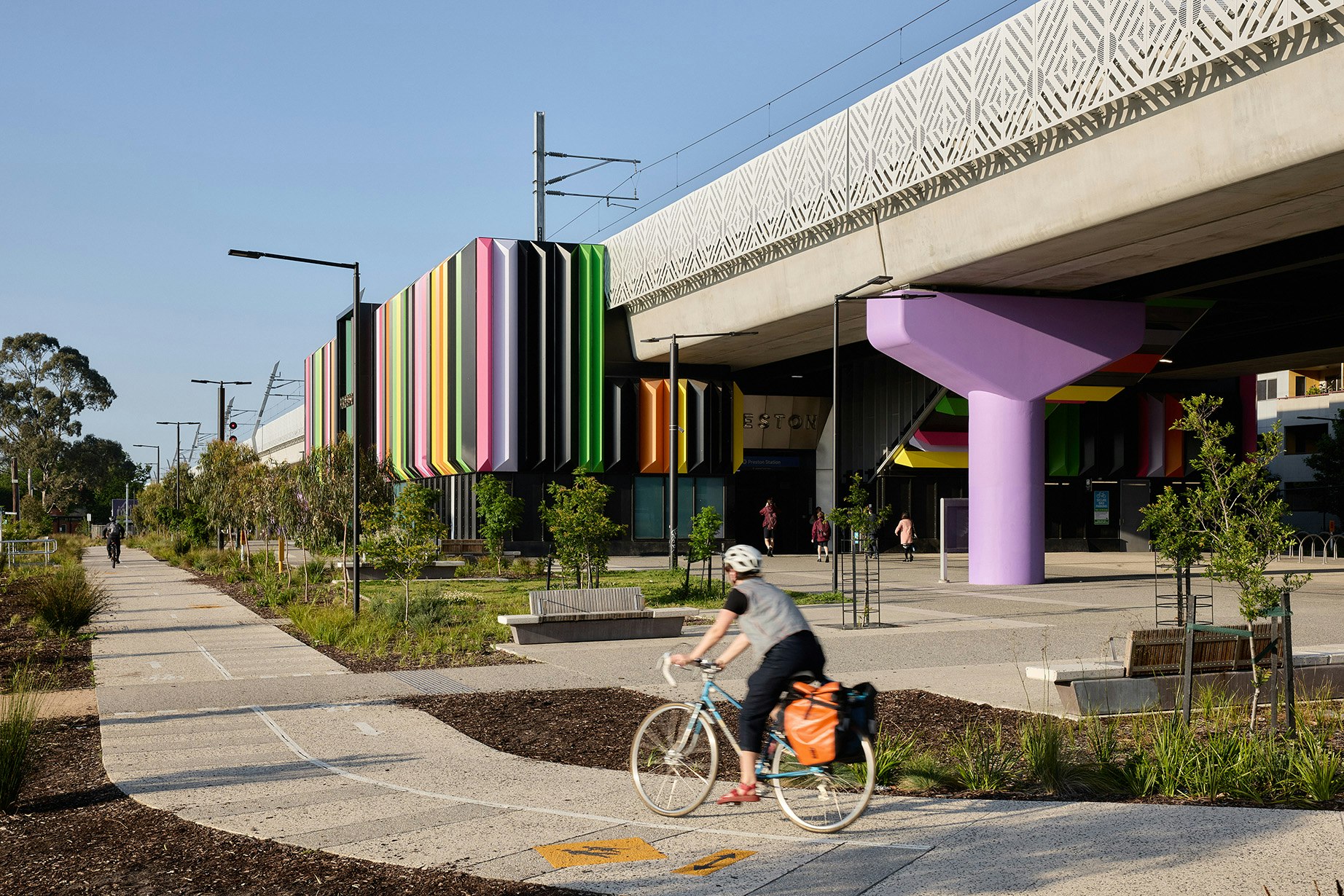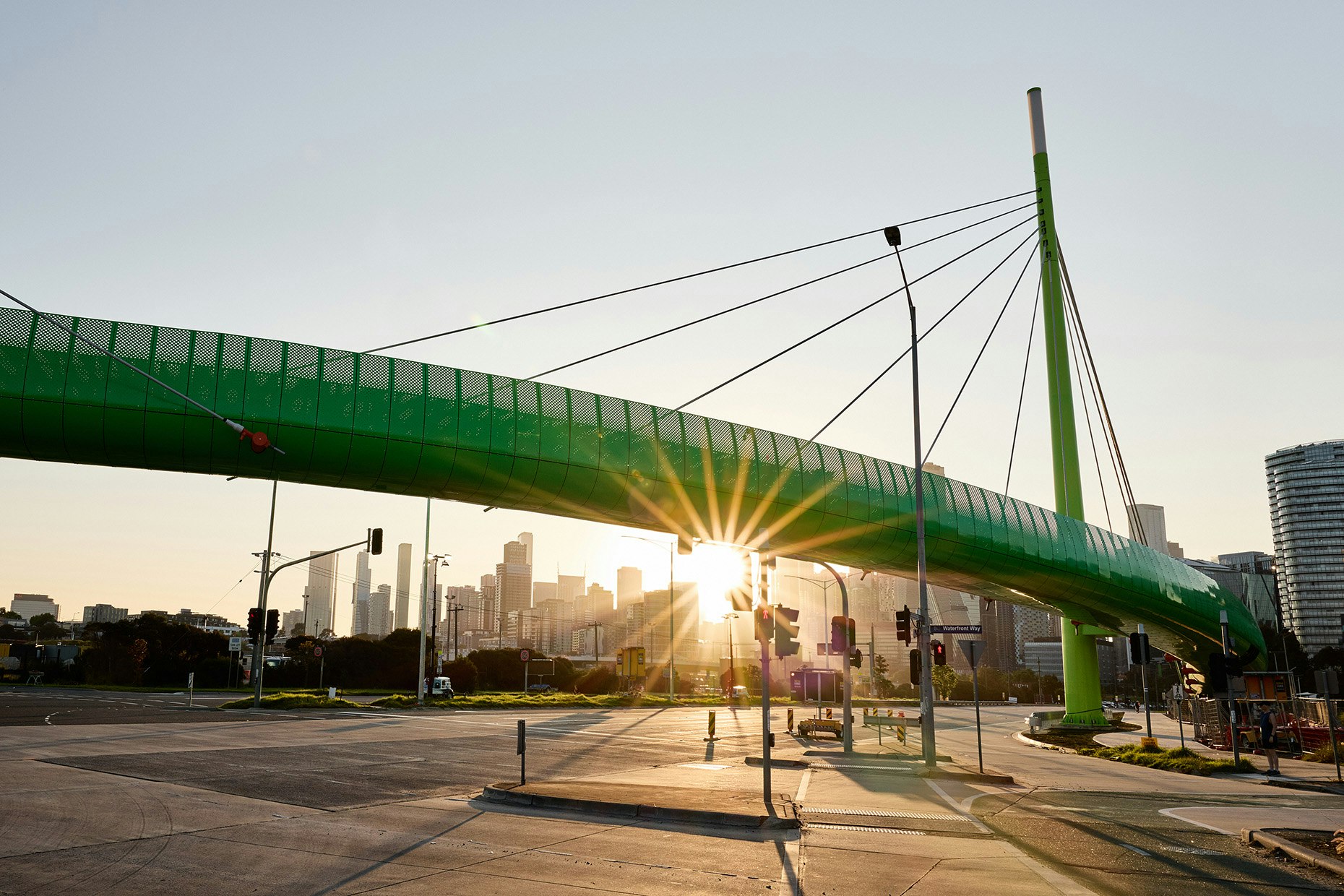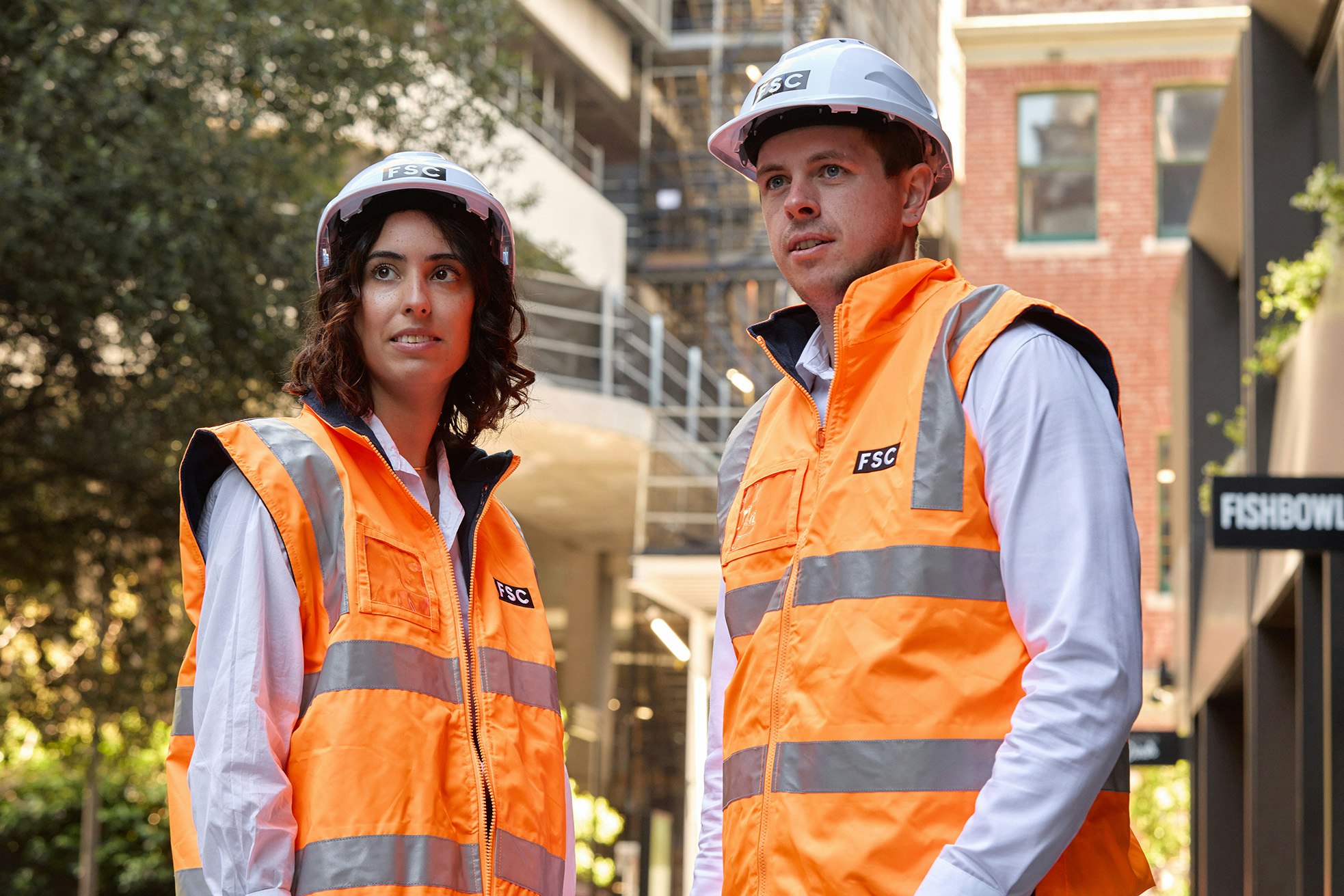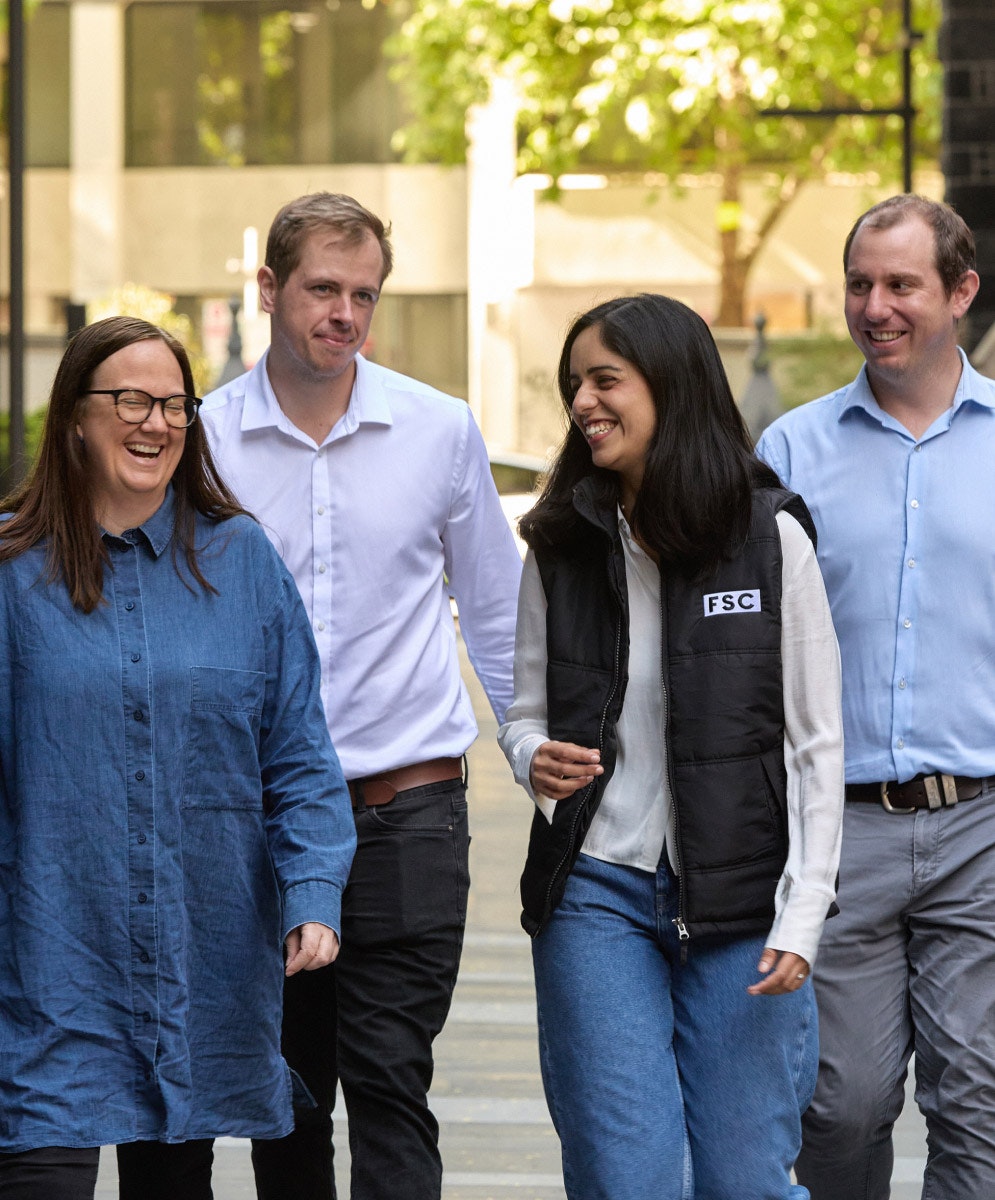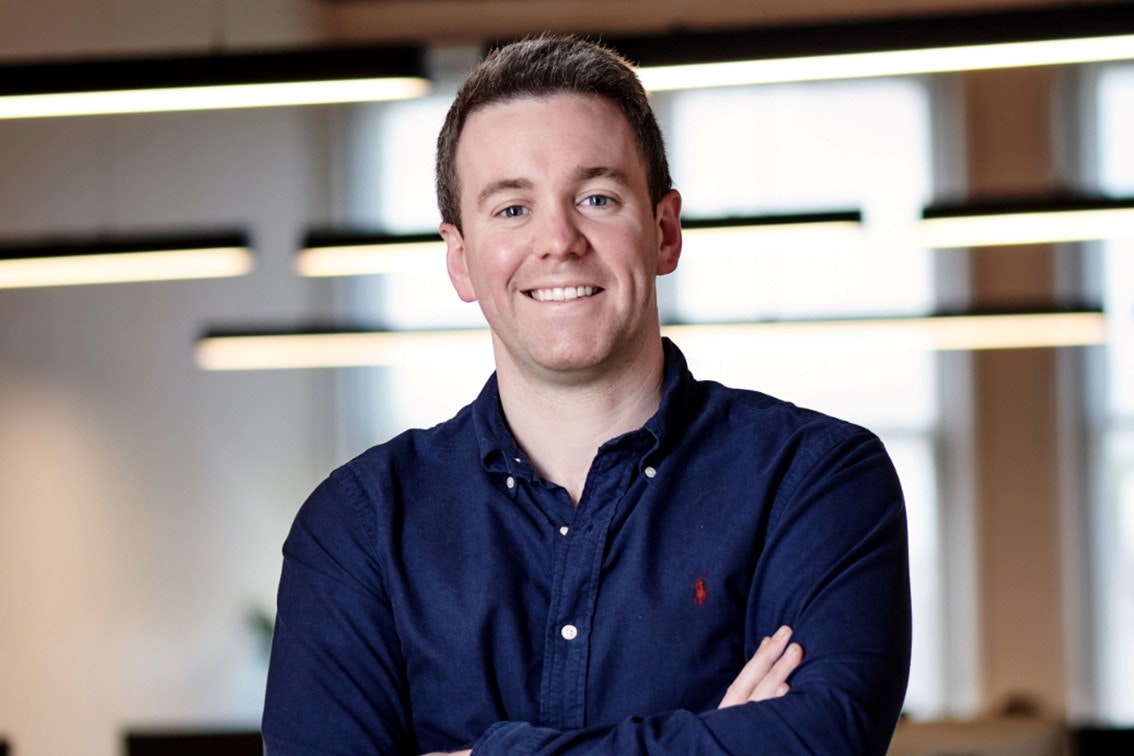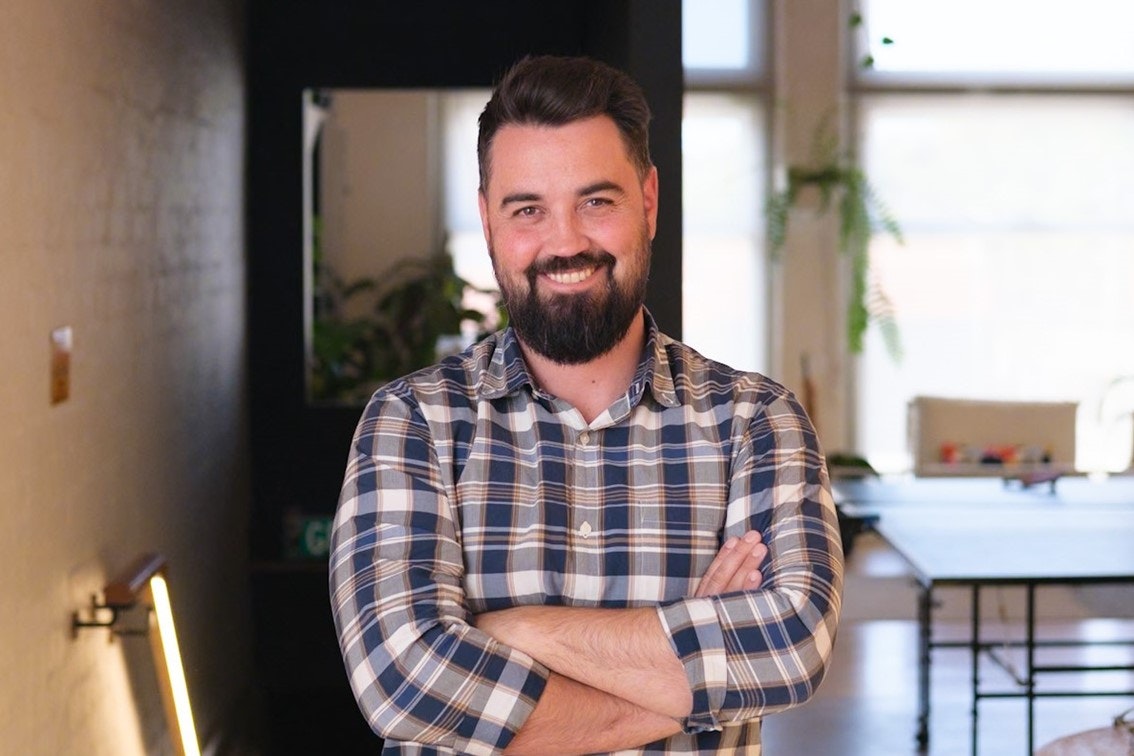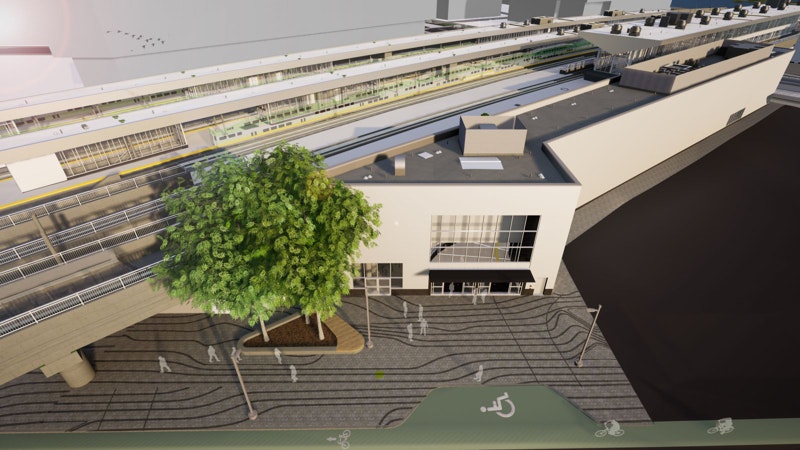
Design management is increasingly important in the construction and infrastructure industries. At a basic level, design management is the process of project managing design strategy and implementation right through the project lifecycle. The task of Design Management can be summed in the following and requires the individual or organisation to have a combination of technical and humanistic skill sets to act and engage upon these in order to achieve the desired outcome:
- Understanding client objectives and operational requirements
- Preparing and/or reviewing project briefs and specifications
- Engagement and management of technical designers, verifiers and advisors
- Conducting extensive and ongoing internal and external consultation to match scope to objectives and expectations
- Ensuring safety, innovation and sustainability objectives are met, if not exceeded
- Developing and implementing processes to manage compliance, stakeholder reviews and approvals
- Reporting to clients on design matters and ensuring field engineering is supported with design advice
As projects become more complex and their size and scope increase, effective and efficient design management practices are featuring in setting the project for success. Balancing cost, constructability, innovation, assurance, safety and whole-of-life, designers and constructors need to be strongly aligned in their work efforts.
Infrastructure has become far more technical, the materials, methods and products used in construction have vastly increased, while regulations, standards and client requirements have become more stringent. Navigating all of these elements, while maintaining the initial vision for a project is a balancing act completed by a design manager.
As part of this article, we sat down with Haydn Rogers, Technical Leader – Infrastructure at Laing O’Rourke Australia and Matt Elith – Engineering Manager NWPA at John Holland who offered some viewpoints on design management, and the role it will play in the future of engineering and infrastructure.
What are the ingredients to successful design management?
First, a design manager is both a project manager and also fills a role of an integration specialist within their own team. As a result, they “require a high level of organisation skills and need to be able to lead by example when it comes to communication within their team”, says Matt. Haydn adds that “clearly articulating the planned solution is imperative for both internal and external stakeholders”.
Externally, design managers need to be willing and able to communicate issues with stakeholders who may not understand the detail of how design works. Equally, they need to be able to articulate the real opportunities that exist on a project.
Design management teams also need to be well resourced given the depth and breadth of their work. Design teams differ from construction teams, they require a broader group of unique skills to get the job done. For a multidisciplinary venture, you really need to have all the pieces of the puzzle, the depth and access to resources to meet technical and program drivers.
What can go wrong?
It’s important the client is consistently involved and engaged in the design process. This is especially true when time-critical information is required that will guide elements of a project.
Haydn describes the challenges where shallow communication can lead to a lack of understanding of the client’s needs, which leads to assumptions being made that ultimately don’t satisfy the objectives of the project – even though people want to do the right thing.
Further to this, Matt highlights the need for attention to detail, especially how the different parts of a multi-discipline team influence each other. It’s important design managers have a deep understanding of the tasks involved to get to completion, not just the outputs. If you don’t understand this, you won’t understand the impact of changes upon a project.
What does the perfect design manager look like?
Design management is at the centre of nearly every engineering discipline. As a result, the perfect design manager is proactive and organised, says Matt. “Internally, they need to be able to communicate well with their team and interpret the advice and needs of their technical specialists.” Additionally, it’s important they’re able to translate highly technical information to less technical decision-makers.
Haydn describes three attributes, skills and behaviours that make a great design manager:
- Emotionally Intelligent: Generosity with internal and external stakeholder engagement and management (connect, nurture, navigate). Great engagement doesn’t come through lean transactions.
- Commercial Acumen: Decisions made with retained or acquired information and consideration of risk, time, cost, compliance. Effective decisions are based on facts and foresight.
- Multi-Skilled: A good design manager connects with the best specialists, irrelevant of organisations and brings them together in developing and publishing a considered and coordinated solution.
How can productivity be improved?
In the infrastructure world, it can be easy to become swept up in and too focused on productivity, rather than quality. It’s important to balance both. Matt highlights the importance of establishing a brief that is clear in terms of both scope and outputs. It’s critical that inputs to the design team are provided at the right time, and to the right quality. Untimely information not only delays the project, but it also drives up costs.
Haydn again offers a three-pronged approach for driving productivity.
- Solution Re-use: Use the knowledge bank as the ‘building blocks of designs’ and how these can be repurposed for future parts of solutions.
- Engagement of supply chain in design development: Co-design with your supply chain, for example fabricators and suppliers to speed up project delivery.
- Process: Use stage gates and metrics to track your productivity. Engage stakeholders earlier, be proactive and inquisitive of exploring where the waste occurs along the process of completing the design and using that design in construction.
What challenges are on the horizon?
It’s key that design managers are able to de-risk projects by developing technical and people/team solutions. This is a complex task considering the diverse range of disciplines design managers are engaged in.
Haydn discusses the shortage of talent in the market to deliver the infrastructure pipeline. Attracting people to design management is important to Australia’s ambitions, and tightening the relationships between clients and teams engaged to deliver these projects will also be very important.
Given the pandemic has led to more infrastructure clients considering international design teams, Matt points out the increased pressure on offshoring and the difficulties that arise when working in decentralised teams. Resources being stretched can also result in issues with depth and capability. This can become an issue when design managers don’t have the right support network to engage when they encounter issues they haven’t previously.
It’s imperative design managers understand these challenges, and put strategies in place to address them as they navigate the current infrastructure boom.
Design Management at FSC
At FSC we strive to proactively identify and anticipate technical problems through the design process. In fact, FSC Group’s design and consulting arm – FSC Range – was founded specifically to assist our clients with design-related issues and requirements. Our existing Project Management experience combined with the technical capability of the Range creates a unique offering.
Given our multidisciplinary nature, we’re uniquely positioned to internally collaborate and coordinate efforts between design, infrastructure and project delivery.
At FSC, all projects are built twice; once digitally and once physically. We leverage technology, data and digital tools (e.g. aerial mapping, BIM, AI) to deliver projects. We focus on time, costs, quality and client satisfaction, which we believe equals project success.
